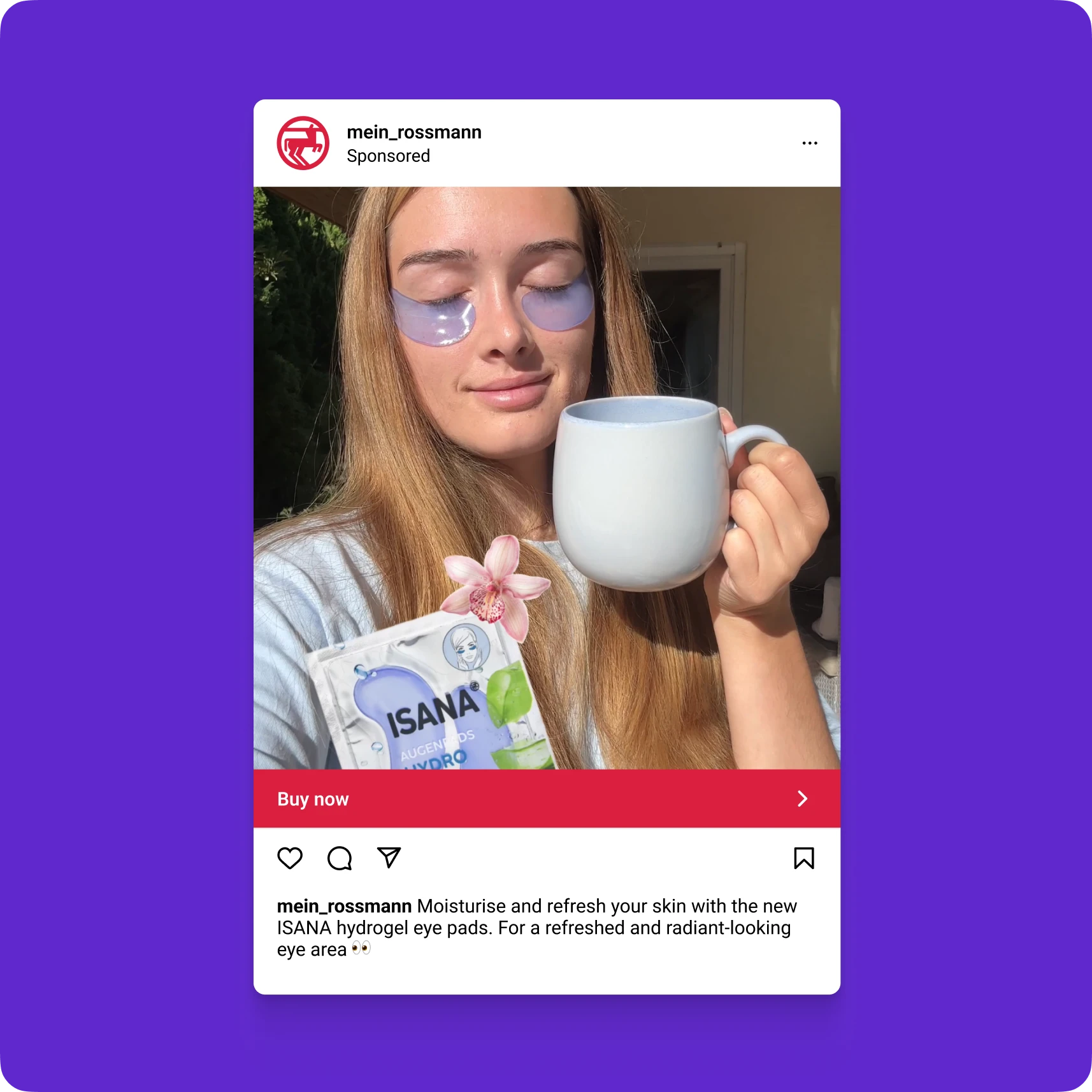Influencer marketing is a form of social media marketing in which brands work with high-reach individuals - known as influencers - to promote products authentically. The aim is to gain the trust of an influencer's community and thus positively influence purchasing decisions.
This is because influencers appear more credible and often reach a highly engaging target group through their content on platforms such as Instagram, TikTok, YouTube or Pinterest.















